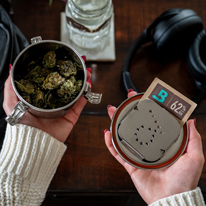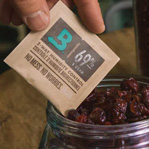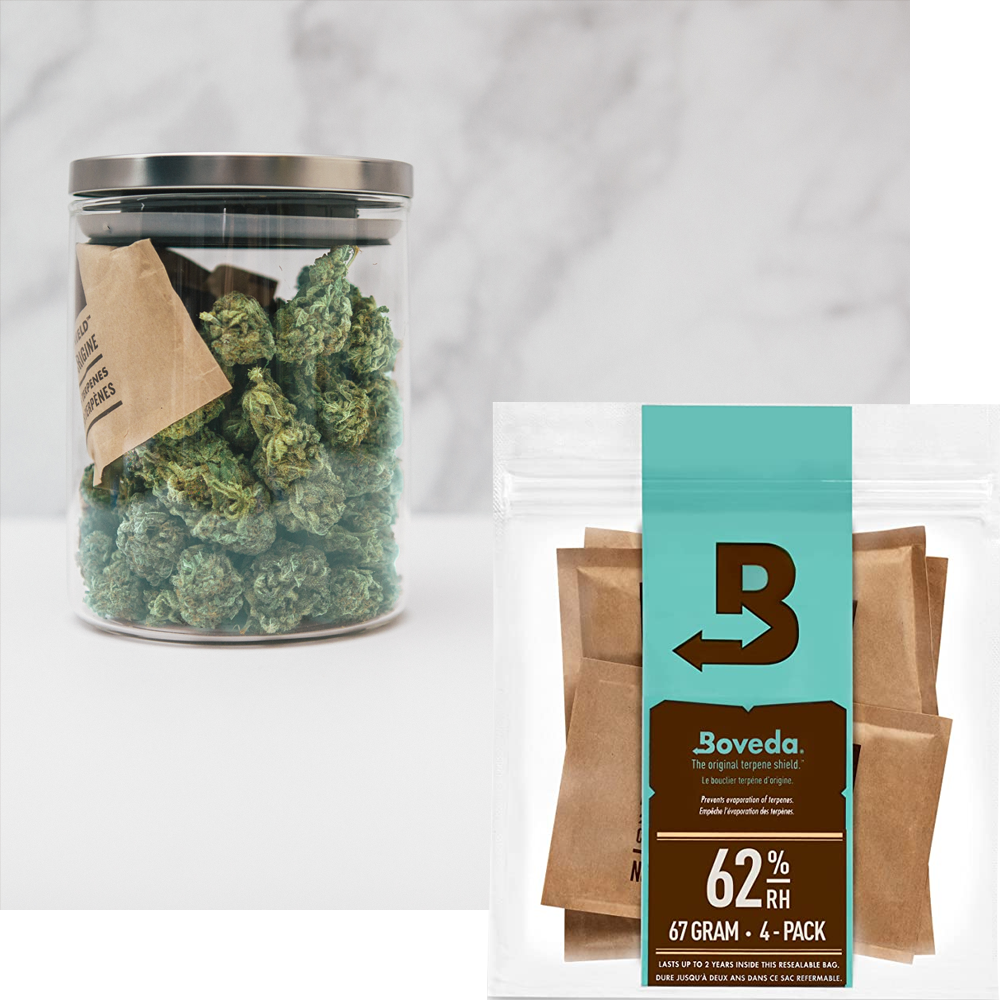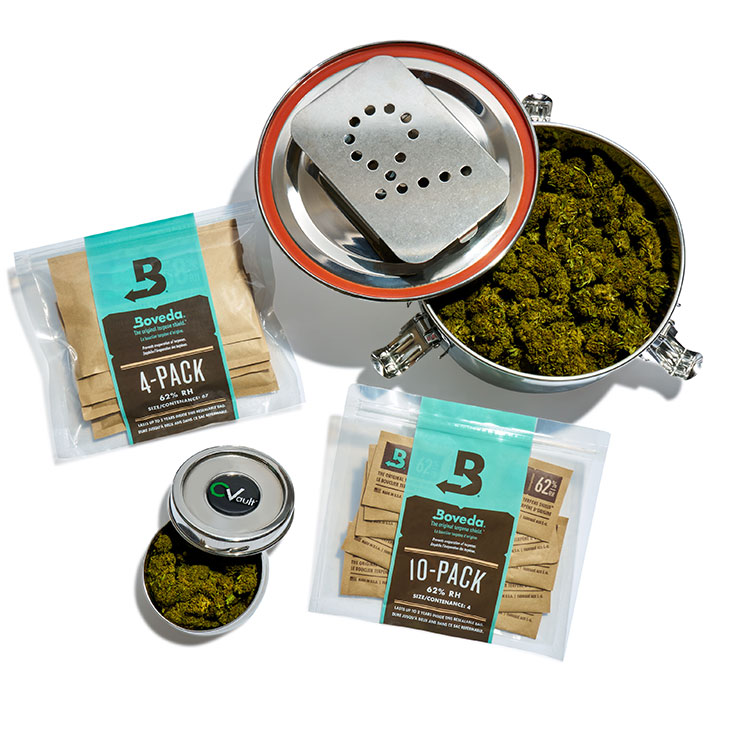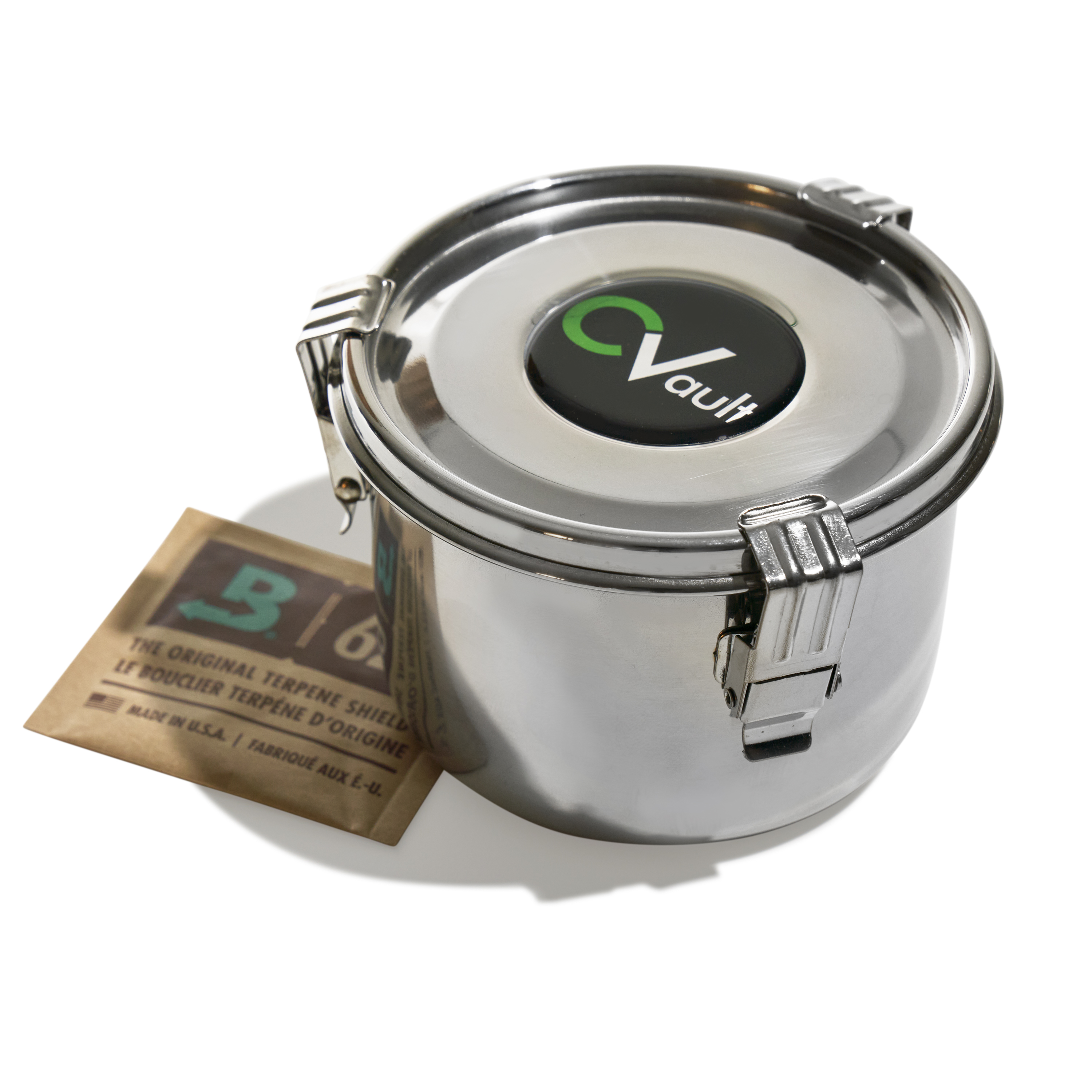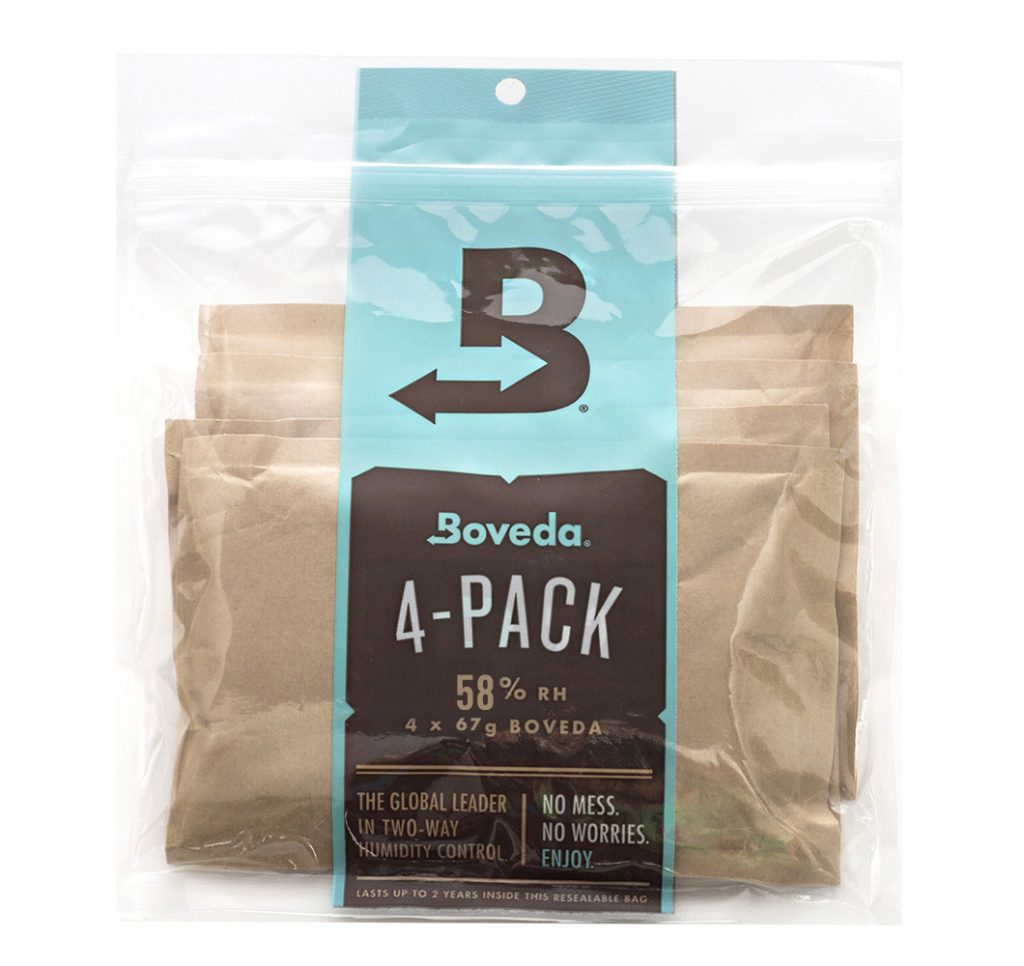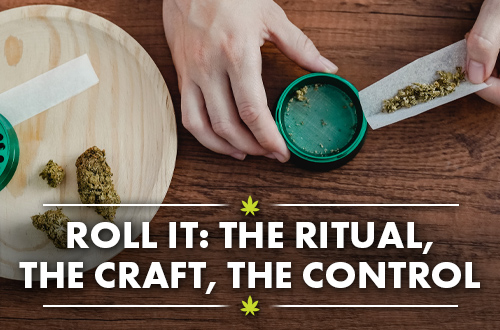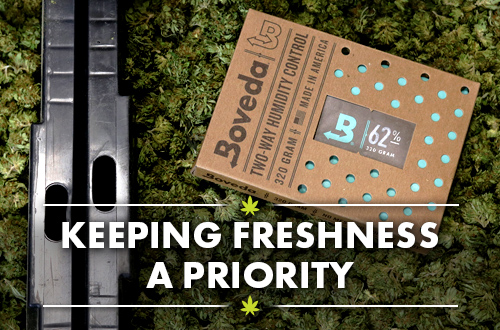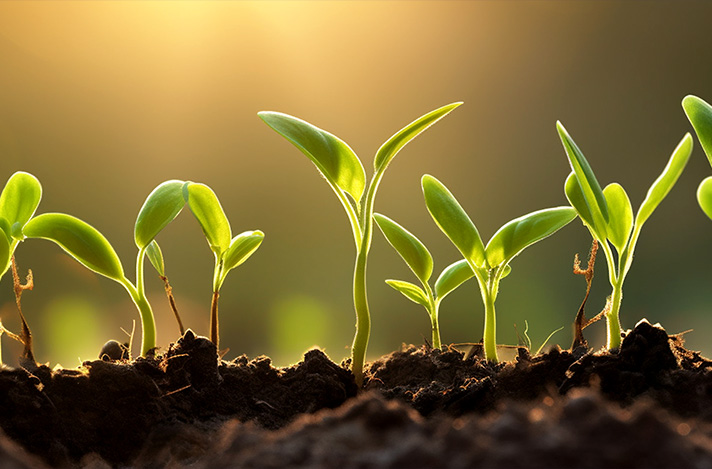
Lighting up a terpene-rich pre-roll, or packing flower into your favorite glassware? That cannabis in your hand went through a long and arduous journey of closely tended growth. And it all starts with seed germination.
Seed germination is one of the first and most critical phases in a cannabis plant’s life cycle when it breaks free of its dormancy to morph into a growing seedling.
Whether you’re an amateur grower exercising your green thumb for the first time or a seasoned grower looking for a refresher, this article is all about germinating weed seeds—the first step toward sticky weed with a flavorful profile of cannabis terpenes.
Here’s what you need to know.
Cannabis Seeds 101: Seed Types, Quality and Sourcing
First, consider what seed type you want. The four seed types you will come across are:
- Regular: As nature intended, these seeds come with a roughly 50% chance of turning out male (low cannabinoid concentration; typically not the stuff you smoke) or female (high cannabinoid content; what’s stocked on the shelves of every dispensary). Regular seeds are important when cultivating new strains as they introduce novel, desirable characteristics.
- Feminized: These seeds maximize the chances of producing a female plant (about 99.9% of the time). If you’re looking to grow sticky, potent cannabis, this is your go-to seed type.
- Autoflowering: Essentially, autoflowering seeds are built to withstand poorer growing conditions. They flower quickly, needing limited space and light. Therefore, they’re ideal for the first-time grower, discreet bedroom closet grower, or anyone who wants fast results. However, they can produce less potent buds than longer-growing seeds.
- CBD: As the name implies, these seeds were developed by crossing and re-crossing high-CBD strains to create a product far higher in CBD. If you’re growing for calmness rather than highness, these might be your seeds.
Regardless of which seed type you choose, the next step is determining quality. Some growers take stock of a seed’s size and shape; however, according to the authoritative experts over at Royal Queen Seeds, different types of cannabis complicate this approach.
“We do not recommend taking the size or shape of a seed into consideration as a sign of its quality. Some strains simply produce smaller seeds than others, and sometimes the same plant can produce seeds of different sizes and shapes.”
– Royal Queen Seeds
Instead, Royal Queen Seeds advocates—like many other expert growers—to vet the seeds based on color and hardness. Ideally, weed seeds should be dark or light brown, firm enough that you can squeeze them without breaking, and have a waxy sheen. Some are uniformly brown, while others bear “tiger stripe” or “turtle shell” patterns. By contrast, immature seeds are typically greenish and break easily under pressure.
The best way to ensure you’re getting a viable product is to source seeds through a reputable seed bank. The ICA (International Cannabis Awards) votes North Atlantic Seed Co. as their top seed shop, a sentiment echoed by several amateur growers online.

How to Germinate Weed Seeds: The Paper Towel Method
The first method for germination is as high-tech as it gets—which means not very high-tech at all. It involves a popular kitchen item, water, and time. Here’s how to germinate weed seeds with paper towels.
Pour filtered or distilled water on two sheets of paper towel until they are damp—not wet. Place these two sheets on a clean surface, and lay your seeds about an inch apart. Keep the ambient temperature hovering between 70- and 75 degrees Fahrenheit, and check your seeds daily for progress. When the root tips sprout around a half-inch, you’re ready for the soil pots.
How to Germinate with the Water Soaking Method
The second method is even more low-tech, foregoing the paper towel and just using water. Here’s how to germinate weed seeds in water.
Pour clean, room-temperature water (72 degrees Fahrenheit, if you want to be exact) into a glass up to around the halfway point. Drop the seeds in. They may float initially, but they’ll sink with time. For the best shot at a winner, follow the environmental temperature listed in the method above and set a cool fluorescent or LED grow light next to the glass.
This is by far the simplest method. However, it makes the delicate seedlings challenging to handle and has a lower success rate than the other two methods.
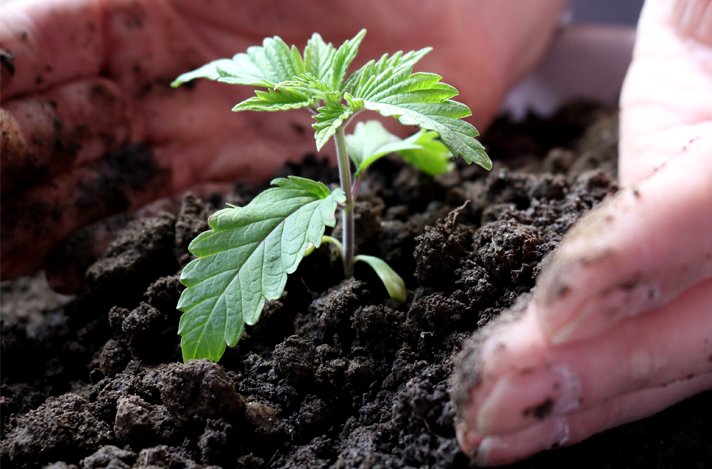
Germinating Cannabis Seeds Directly in the Soil
Germinating seeds directly in the soil is nature’s method and can be one of the most beneficial for the seeds themselves. Though it’s the hardest method for beginners, it eliminates the fluctuations in temperature and growing environment that accompany transferring seeds from a glass or paper towel to the soil. This method allows the seeds to establish themselves in a stable environment from the start, which is what they “prefer.” Here’s how to germinate weed seeds in soil.
Start by creating a half-inch hole in some high-quality soil you’ve hydrated with water. Pop the seeds in and cover with soil. Take care not to tamp down on the soil; you need to give those root tips a soft passageway to the outer world. Store the pot in a humid environment between 70% and 90% RH (relative humidity) at 70 to 75 degrees Fahrenheit. After about a week, if all goes right, you should notice a small sprout break the surface.
In any of these methods, it’s essential to monitor the seeds’ progress and adjust the environmental conditions as needed to maintain those sweet spots in temperature, humidity, and lighting.
Enjoying the Weeds of Your Labor
Fast-forward in time. After meticulous research and continual tending, you should be the beneficiary of some sticky buds. Cure them correctly to diminish chlorophyll content and elevate the flavors and potency.
Next, consider storage. A single cannabis plant can yield between 50 and 450 grams on average. This is far more than someone can consume in short order, so storage solutions are essential. Read Does Weed Go Bad? to learn more about the downsides of neglecting storage.
Luckily, proper storage is straightforward. Find a large airtight container (like the CVault) and stock it with Boveda’s 2-way humidity packs to lock in the freshness and delicate terpene profile. Bonus? This weed humidor includes Boveda, so all you need to do is fill the CVault with your harvest, latch the lid, and you’re good to go. Learn more about optimal weed storage with this Storage 101 Guide.
The only thing left to do now is enjoy the weeds of your labor.


